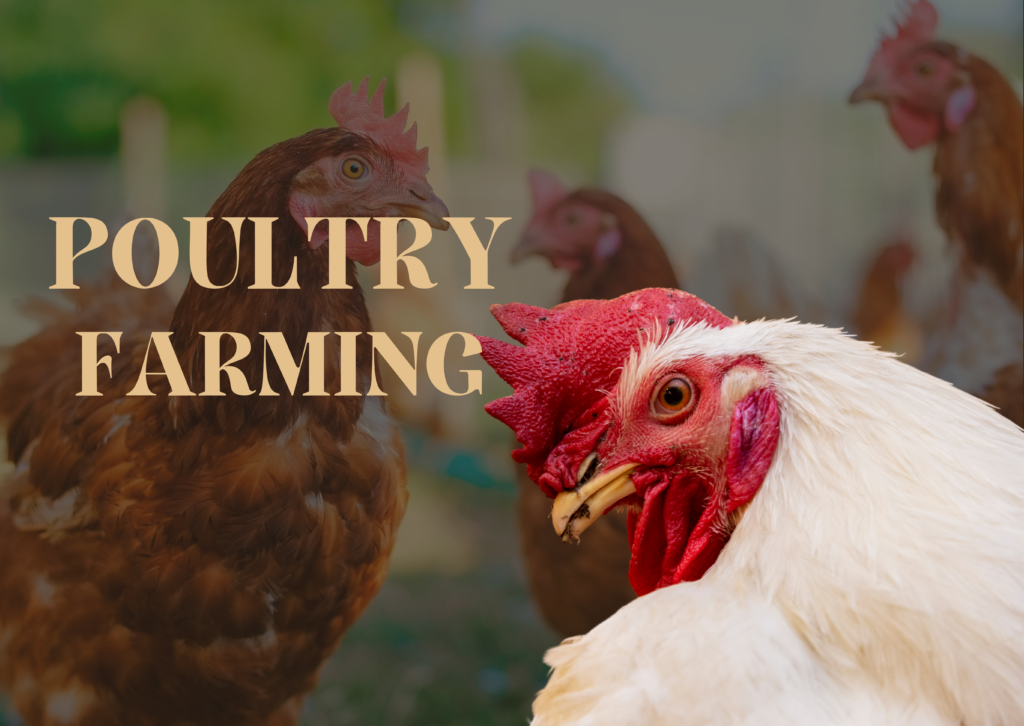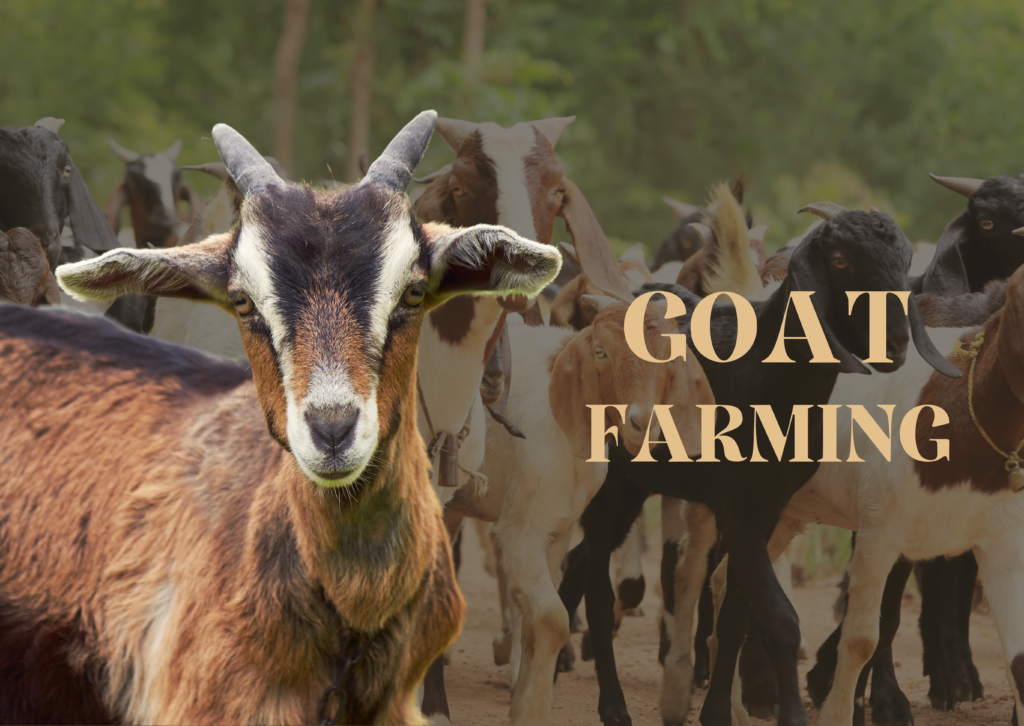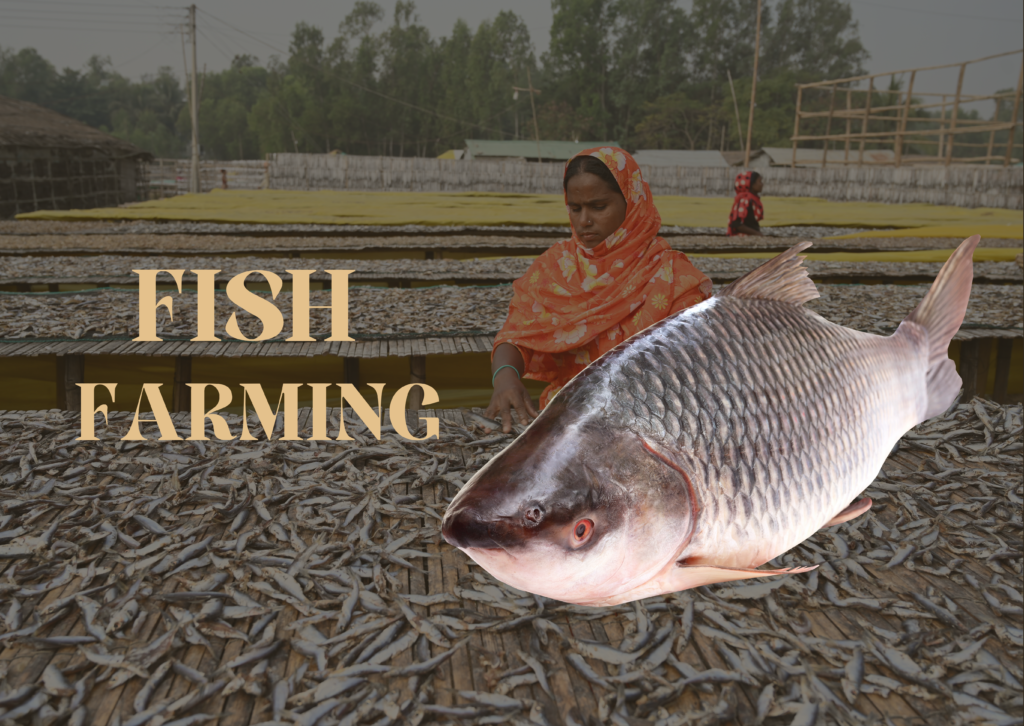- Basinikonda, Madanapalle, Annamayya (Dist), AP, Pin - 517325.
- imforupvtltd@gmail.com
Types of Farmings
New Project
IFU IMFORU: Revolutionizing Agriculture
🌍 The World’s First Innovative Agricultural Project 🌎
Welcome to the IFU IMFORU 6-Floor Agricultural Building 🏢🏫, where innovation meets sustainability.
12 Unique Farming Techniques in One Building
This groundbreaking facility integrates 12 diverse farming methods under one roof, offering an unparalleled approach to modern agriculture.
🌱 Efficient use of vertical space to maximize yield.
🌟 Innovative farming methods ensuring consistent, high-quality production.
💰 A project designed to generate exceptional profits for investors.
A Glimpse Into the Future of Farming
This state-of-the-art agricultural building stands as a beacon of progress, showcasing how technology and farming can come together to redefine food production.
Join us in creating a sustainable future with IMFORU Agriculture Farmings—a project destined to change the world.
(Visual elements like icons, illustrations of the building, and farming techniques can be added to highlight the structure and concept.)
Let's Begin the Farming Journey
Types of Pastoral Farming Practiced at IMFORU PVT. LTD.
Pastoral Farming, also known as ranching or livestock farming, involves the raising of animals for various purposes. The type of pastoral farming practiced depends on factors such as Climate, Geography, and Cultural Customs. Below are the key types of pastoral farming practiced at IMFORU PVT. LTD.
1. Nomadic Pastoralism
Nomadic pastoralism is a traditional practice where herders move with their livestock across vast areas in search of fresh grazing land and water sources. This type of farming is commonly found in arid or semi-arid regions, like the Rayalaseema region in Andhra Pradesh, where the land is dry, and vegetation is limited and seasonal.
2. Intensive Livestock Production
In regions with high demand for livestock products, intensive livestock farming is employed. Animals are typically kept in confined spaces, such as feedlots or barns, where their diet, veterinary care, and other needs are closely monitored to maximize production efficiency.
3. Silvopastoralism
Silvopastoral systems combine trees or shrubs with pastureland to offer shade, shelter, and additional forage for grazing animals. This integrated approach benefits the environment by enhancing biodiversity, improving soil fertility, and reducing erosion.
4. Dairy Farming
Dairy farming focuses on the production of milk from dairy cattle. Specialized breeds are raised, and milking parlors and processing facilities are used to produce various dairy products, including milk, cheese, yogurt, and more.
5. Beef Cattle Ranching
Beef cattle ranching centers around the raising of cattle primarily for meat production. Ranchers manage large herds across expansive grazing lands, ensuring the animals have plenty of space to roam and graze naturally.
6. Sheep Farming
Sheep farming involves raising sheep for wool, meat, or both. This practice is widespread across the globe, ranging from small family-run farms to large commercial operations, with variations in scale and method depending on the location.
7. Goat Farming
Similar to sheep farming, goat farming focuses on raising goats for various products such as meat, milk, fiber (like cashmere or mohair), and more. Goats are hardy animals that can thrive in a wide range of environments, including harsh landscapes.




Upcoming Farming Initiatives at IMFORU PVT. LTD.
1.Crab Farming
Crab farming, or crab aquaculture, involves the controlled cultivation of crabs for commercial purposes. Through various farming methods, crabs are raised in optimized environments to ensure maximum growth, health, and yield.
2.Pearl Farming
Pearl farming, also known as pearl aquaculture, is the practice of cultivating pearls by implanting a nucleus into pearl oysters or mussels. This method enables the production of high-quality pearls in a controlled environment, offering a valuable and sustainable product.
3.Emu Farming
Emu farming focuses on raising emus, large flightless birds native to Australia, for a variety of products, including meat, oil, leather, and feathers. The economic versatility of emu products has made this farming practice increasingly popular.
4.Pig Farming
Pig farming, or swine farming, involves breeding and raising pigs primarily for pork production, but also for other by-products such as leather, lard, and biofuel. When managed with care for animal welfare, environmental sustainability, and market demand, pig farming can be a highly profitable venture.
5.Rabbit Farming
Rabbit farming, also known as cuniculture, involves the breeding and raising of rabbits for purposes such as meat, fur, wool, and breeding. It can be a sustainable and profitable agricultural practice when managed effectively.











